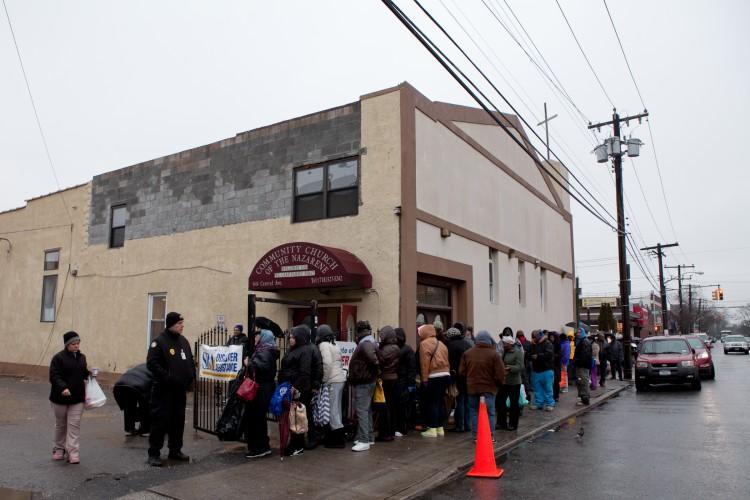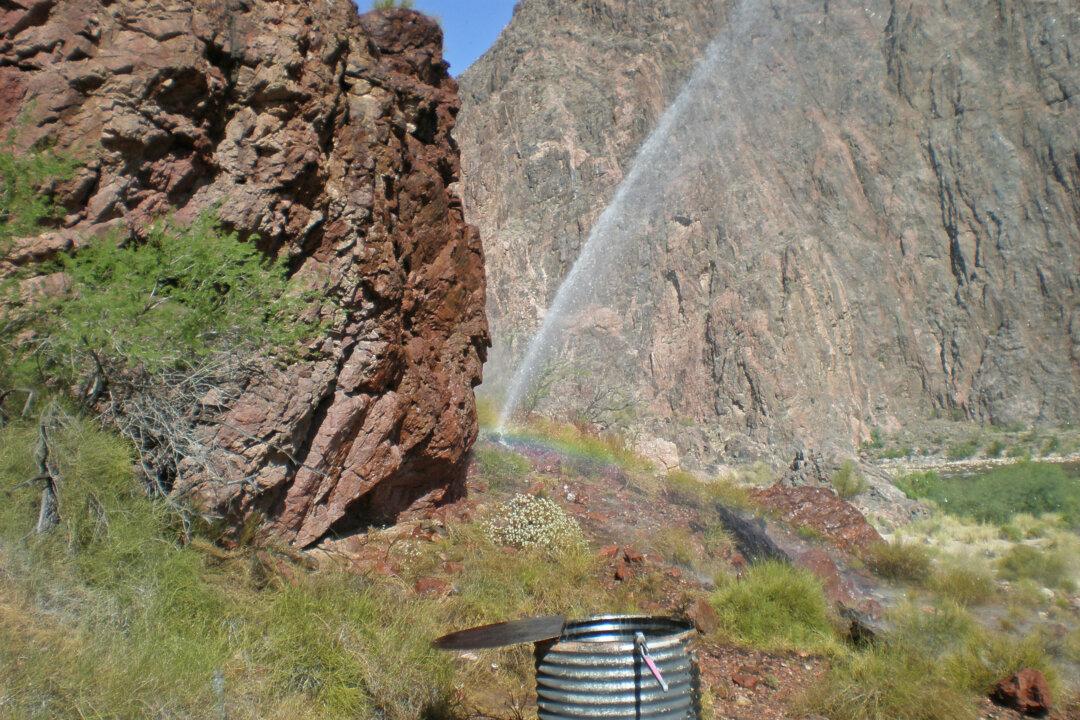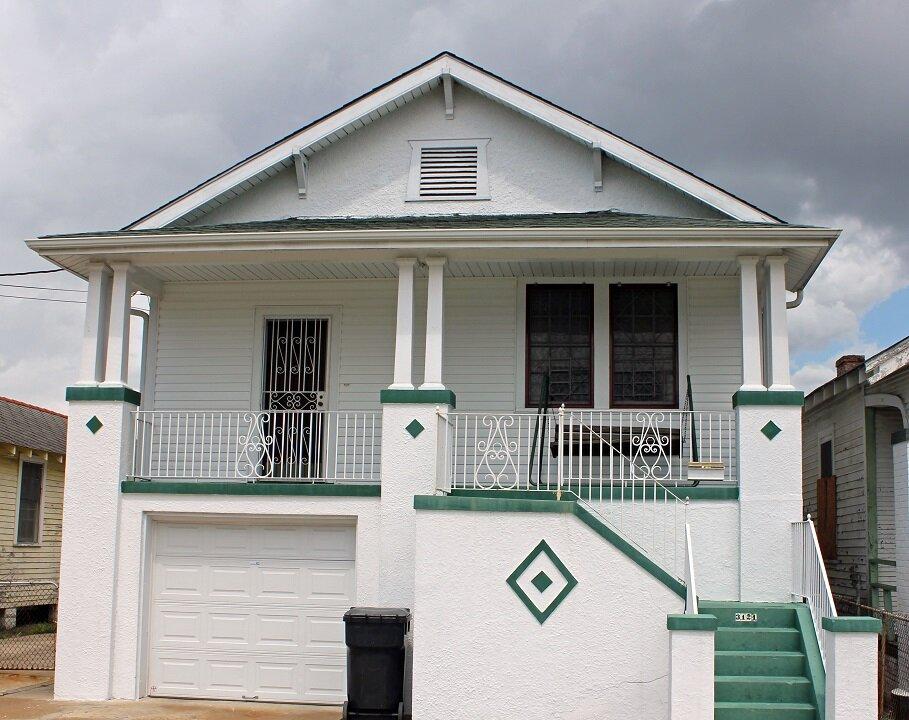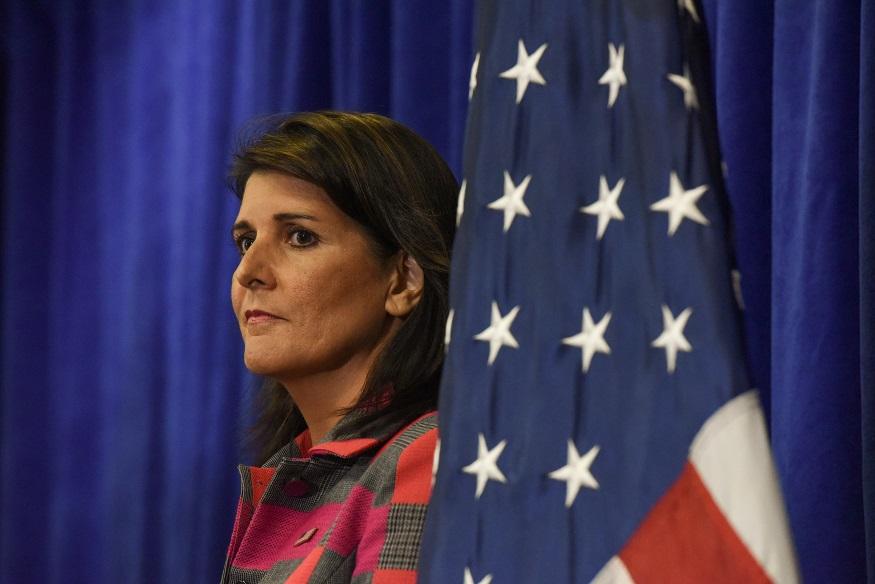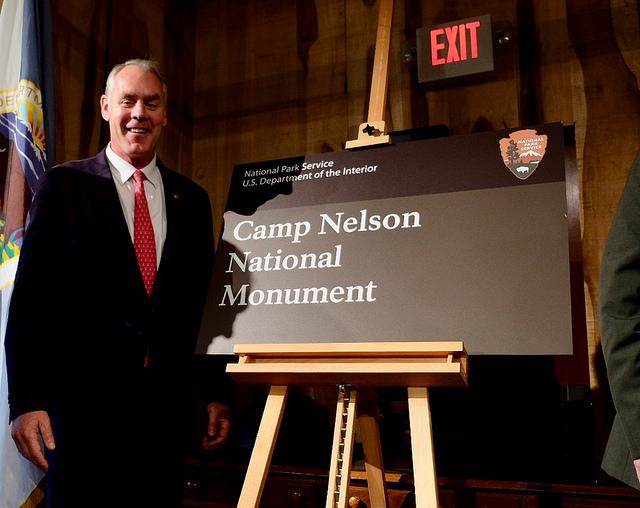NEW YORK—On Friday the city released its After-Action Report focused on the city’s response before, during, and after Hurricane Sandy. The report gives 59 recommendations to help prepare and respond effectively to a future storm.
Deputy Mayor for Operations Cas Holloway said the report offers a narrative of the challenges the city faced with Hurricane Sandy, as well as suggestions for speeding up the city’s response next time. Feedback from multiple hearings held in early 2013, as well as interviews conducted with 509 Hurricane Sandy victims, contributed to the report.
The recommendations were broken down into six categories: communications, general and healthcare facility evacuations, public safety, general and special medical needs sheltering, response and recovery logistics, and community recovery services.
The recommendations span multiple city agencies, with some involving capital investments, such as in light towers or generators. Others examples include upgrading the city’s 311 telephone line, organizing communities, pre-writing executive orders, and changing maps.
Regarding the financial investment, Holloway said, “There are not things here that are such a magnitude in terms of cost that we won’t be able to figure out how to prioritize those and get those in the pipeline for purchasing.”
The deadline for the items vary by area, according to Deputy Mayor for Health and Human Services Linda Gibbs, but she said August 1, the unofficial start of hurricane season for the city, is the target.
“Not everything will be done by then. We will continue past that. But the important thing is to get a meaningful piece of work done by that point so we are in that strong position for the upcoming season,” Gibbs said.
A first priority will be updating the evacuation maps, which will now have six zones, instead of the current three. The maps are set to be released in June, with a mailer sent to all New Yorkers living in the affected zones.
“If I had to prioritize, things that are going to directly impact actions of the public that we think the public may need to take in the event of another event—those are the top priority,” Holloway said. “Having said that, the government does a lot of things at once, so implementing these recommendations—and I spoke to the Mayor this morning about it—is a priority for us.”
This is the first of two post-Sandy reports Mayor Michael Bloomberg requested in December 2012. The second report, due out at the end of May, will address more of the infrastructure issues the city faces in future storms.
